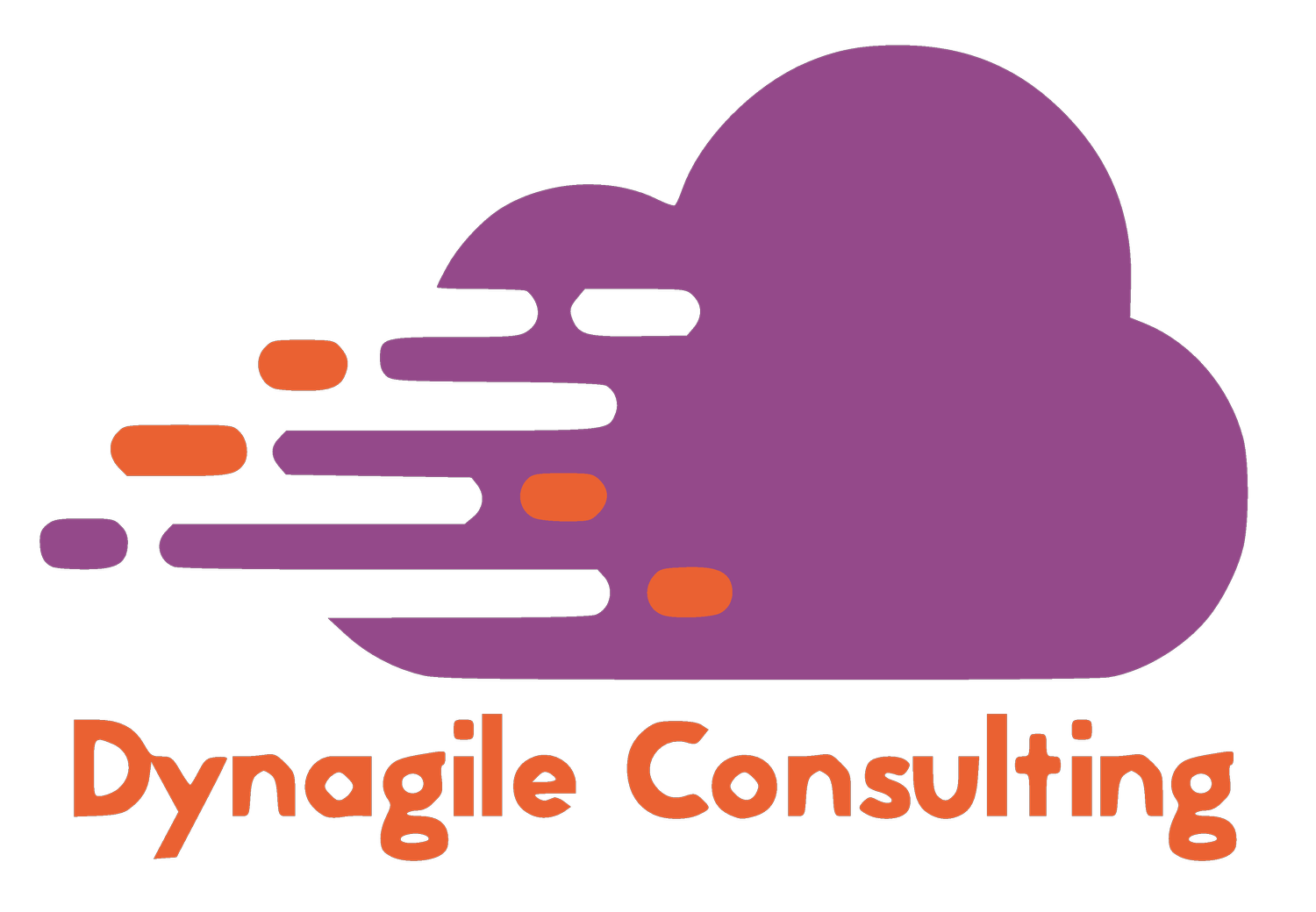Understanding Power Platform Administration & Governance
Introduction
Low-code has become, nowadays, an efficient and flexible way for building business applications. According to Gartner, 65% of application development will be low code by 2024;
In this post, we are going to go through general understanding of the administration and governance aspects in Microsoft Power Platform.
What’s Power Platform ?
Power Platform is a unified platform of low-code tools that spans Office 365, Azure, Dynamics 365, and standalone applications helps you analyze data, build solutions, automate processes, and create virtual agents to transform your business.
Power Platform is a rapid application development platform that enables citizen developers with limited coding abilities to innovate and build new solutions faster in an environment and user experience that feels like PowerPoint and Excel.
Additionally, Power Platform is a rapid application development and extensibility framework for professional developers because it seamlessly integrates the high-speed capabilities of low-code tools and prebuilt components with no-cliffs extensibility across Azure and other professional development environments.
Environments
Power Platform environments are containers that administrators can use to manage apps, flows, connections, and other assets, along with permissions to allow organization members to use the resources.
Each environment is created under an Azure Active Directory (Azure AD) tenant, and its resources can only be accessed by users within that tenant.
An environment is also bound to a geographic location, like the United States. When you create an app in an environment, that app is routed only to datacenters in that geographic location. Any items that you create in that environment (including chatbots, connections, gateways, flows using Microsoft Power Automate, and more) are also bound to their environment's location
Every environment can have zero or one Microsoft Dataverse database, which provides storage for your apps and chatbot.
How you choose to use environments depends on your organization and the apps you're trying to build. For example:
· You can choose to only build your apps or chatbots in a single environment.
· You might create separate environments that group the test and production versions of your apps or chatbots.
· You might create separate environments that correspond to specific teams or departments in your company, each containing the relevant data and apps for each audience.
· You might also create separate environments for different global branches of your company
Administer Power Platform
It requires focus on multiple aspects including security, monitoring, management, and application lifecycle management for your particular organization
Secure
· Set up Azure AD conditional access
· Enable cross-tenant isolation
· Configure data loss prevention policies
· Define your environment strategy
· Manage users and their security roles
· Configure email exfiltration
· Define your data gateways strategy
Monitor
· Track user access
· Monitor new connectors
· Report on resource usage
· Monitor Dataverse usage
· Set up sharing alerts and mitigations
· Leverage audit logs
Alert & Act
· Automate policies using management connectors
· Leverage admin PowerShell or admin APIs for automation
Deploy
· Managed and unmanaged solutions
· ALM best practices
· Automate ALM using Azure DevOps
Note
Don’t start from scratch, take advantage of the Center of Excellence (CoE) Starter Kit that is a collection of components and tools that are designed to help you get started with developing a strategy for adopting and supporting Microsoft Power Platform.
See Links
https://powerplatform.microsoft.com/en-us/what-is-power-platform/
https://learn.microsoft.com/en-us/power-platform/guidance/
https://learn.microsoft.com/en-us/power-platform/guidance/adoption/admin-best-practices
Thanks for reading ….








